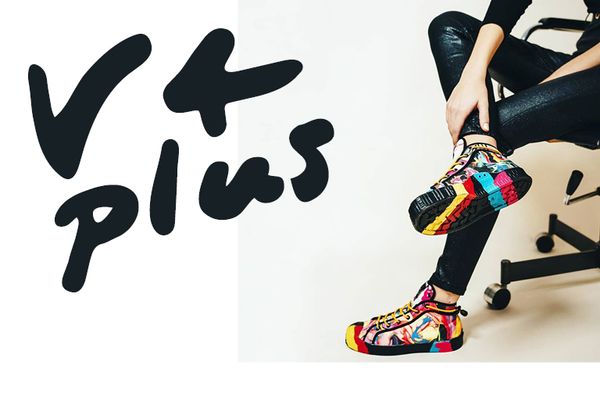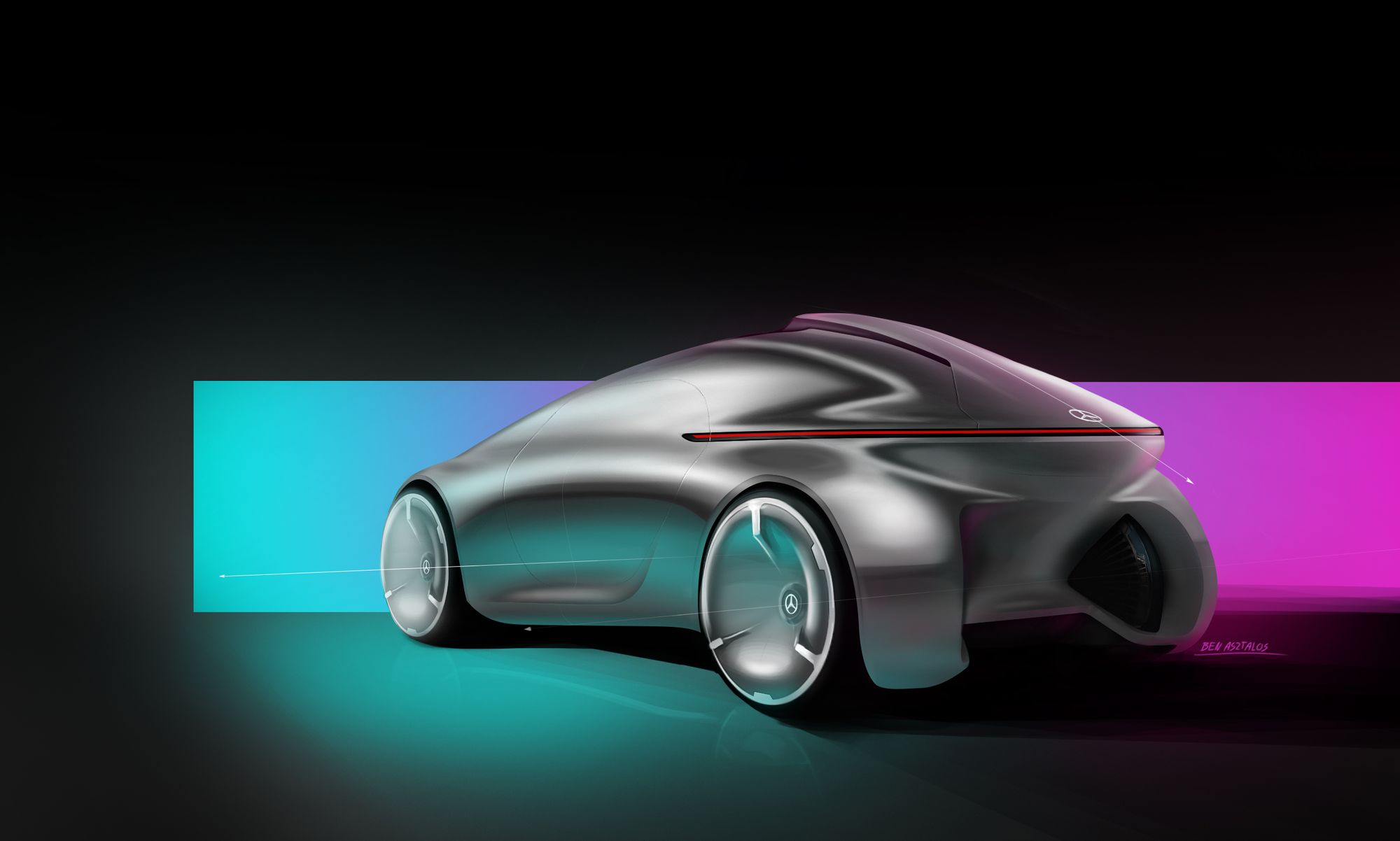It is many times said that car design is the most complex field of industrial design. Designing a car is such a complicated task that dozens of designers work on it formed into several layers, from creating the concept to designing the last handle or the casing of the engine compartment.
Written by András Húnfalvi
To see that car design is, in deed, the peak of industrial design in the traditional sense, it is enough to take a look at the abundance of technical products placed on the markets that fail miserably once we compare their ergonomic or aesthetic quality to the standards of the automobile industry.
One cannot cover up a surface default or a badly made masthead fitting in the automobile industry. One cannot hide behind soothing minimalism and puritan functionalism, as there is a risk that the car will end up looking like a refrigerator. And however beautiful and functional a refrigerator may be, it will never trigger strong emotions in anyone.
Styling is not a bad word here
In this field, styling is not a cuss word, but an indispensable accessory. To verify this, it’s enough if we take a look at this picture:
A bejegyzés megtekintése az Instagramon
Gary Hustwit (@gary_hustwit) által megosztott bejegyzés, Jan 31., 2020, időpont: 10:36 (PST időzóna szerint)
Dieter Rams, the ex lead designer of Braun, the creator of the 10 principles of good design, the pope of puritanism and functionalism, next to his Porsche 911. Photo: Gary Hustwit
Cars are emotional objects. They are perceived quite subjectively. We can get attached to them, they can be the idealized versions of our personalities. A car is, in fact, an avatar that symbolizes us while on the go. As a car is not a static, but a dynamic object, which we personalize willingly or unwillingly.
MOME X Mercedes-Benz
Design creates the link between technology and man. This theorem is especially true in the case of car design: the digitization of automobiles will fundamentally change our relationships with our cars owing to the environmental and security developments. The automotive designer students of the Department of Product Design of Moholy-Nagy University of Art and Design research these future changes.
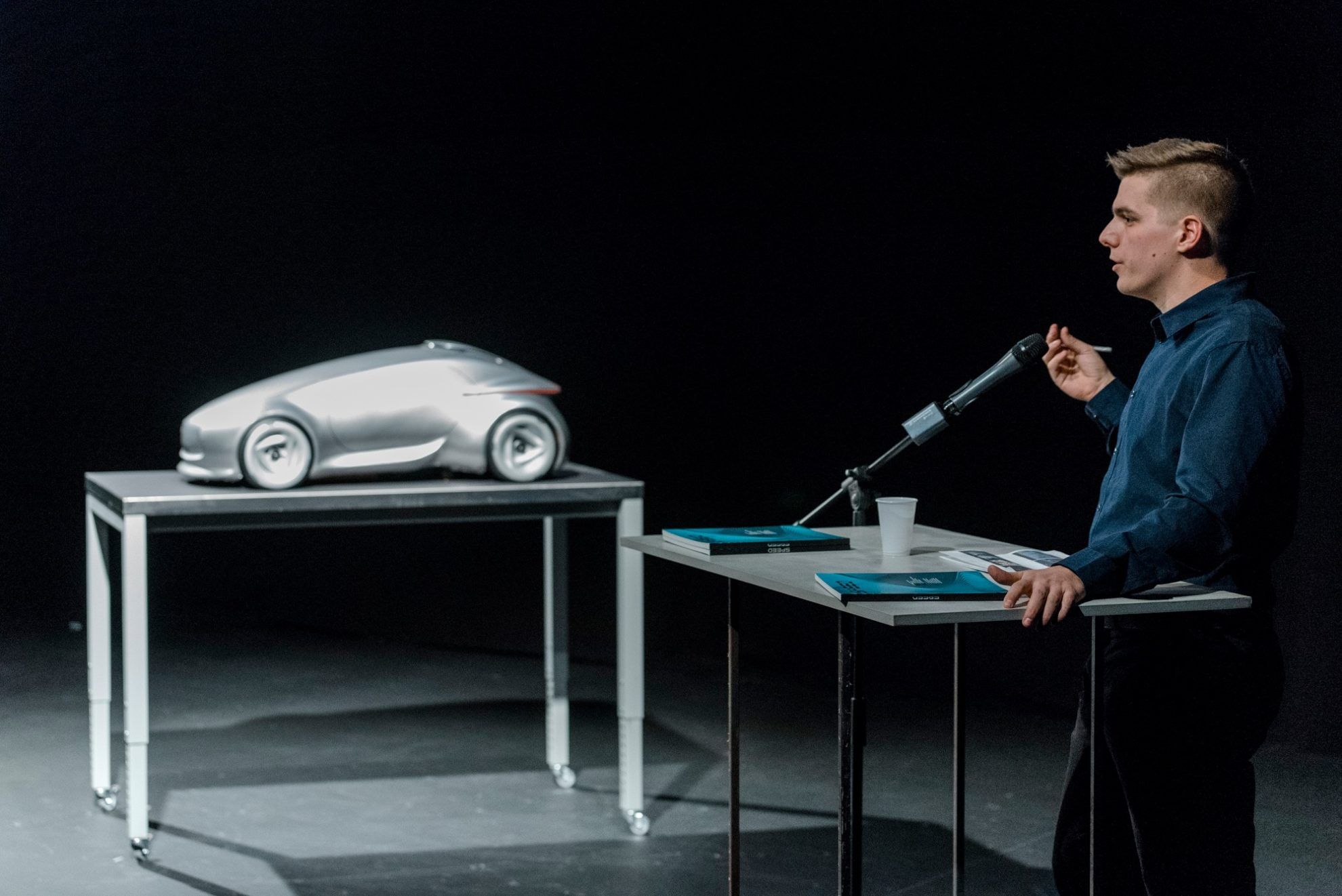
The program was established 18 years ago, sponsored by Mercedes-Benz Design and lead by professor Stefan Lengyel and professor József Scherer, who are now both assisting education as professor emeritus of MOME University. The collaboration of the university and Mercedes-Benz covers the relevant issues of car design every year through newer and newer topics. The students not only think in specific vehicles, but in visions, taking into consideration the economic, social and environmental changes of the years coming.
Elite unit
The designers of Mercedes consult with the group online every week, and they also come almost every month to Budapest from their headquarters in Sindelfingen for a personal presentation. This way, the 5-8 students who make it to the elite unit can attend one of the strongest car design courses of the region.
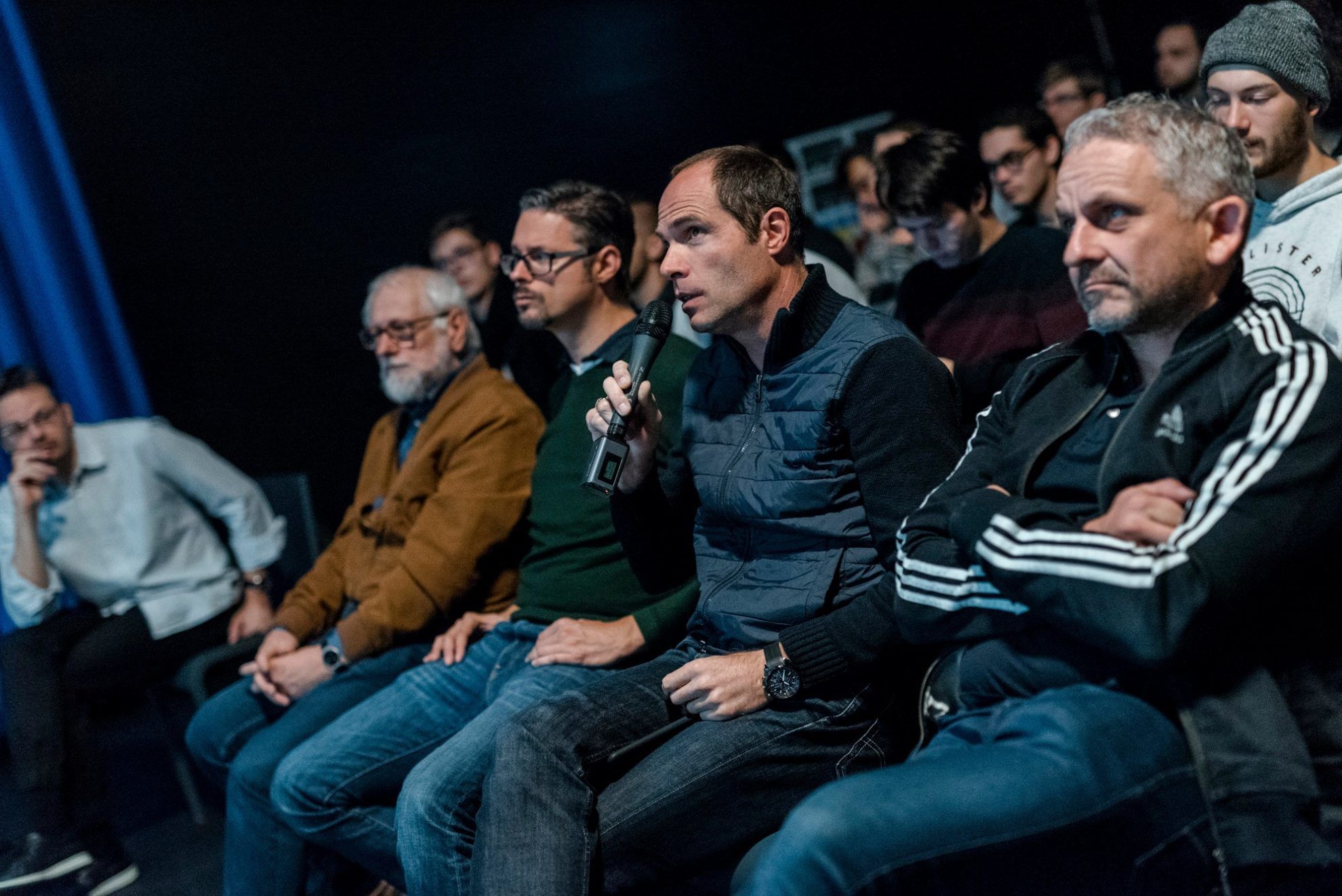
Automotive design has its unique lingo, through which the designers communicate their ideas. This means a very expressive and informative sketching technique, the basis of which can be learnt in the framework of a preparatory course available for freshman and second year students. During such course, students learn the sectoral standards and brace themselves with the fundamental skill set that will help them hold their own in live action.
Sketching and modeling
Good sketching is indispensable: all the next steps are based on these drawings. The CAD models, physical models and final visual layouts must all be built on the first sketches. It may be surprising, but the shape of every car you can see on the streets is made through special clay models, with the help of professional modelers. Out of the dozens of concepts, the final design that will be put on the streets a couple of years later is chosen with the help of first the scale and then the life-size models.
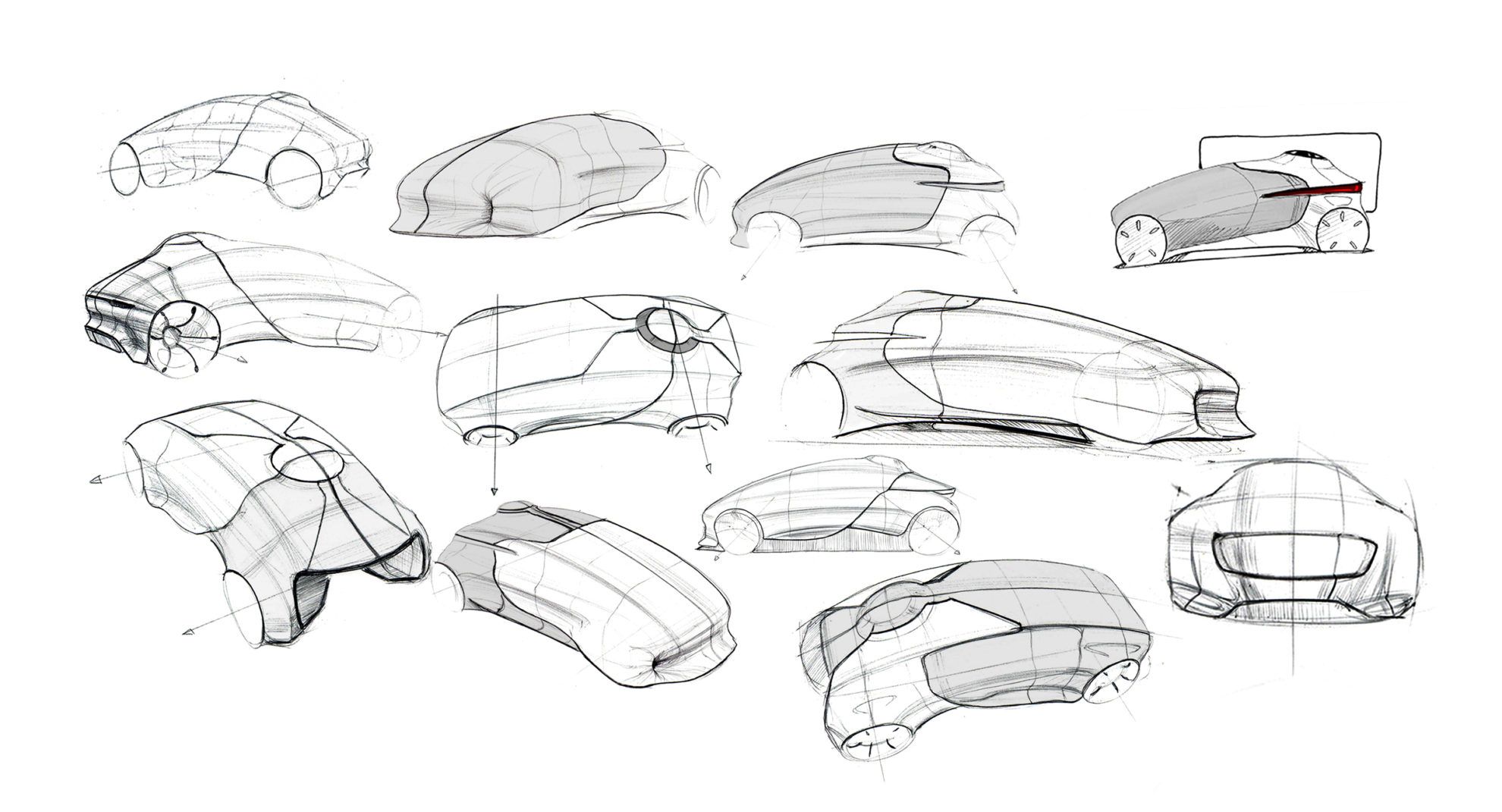
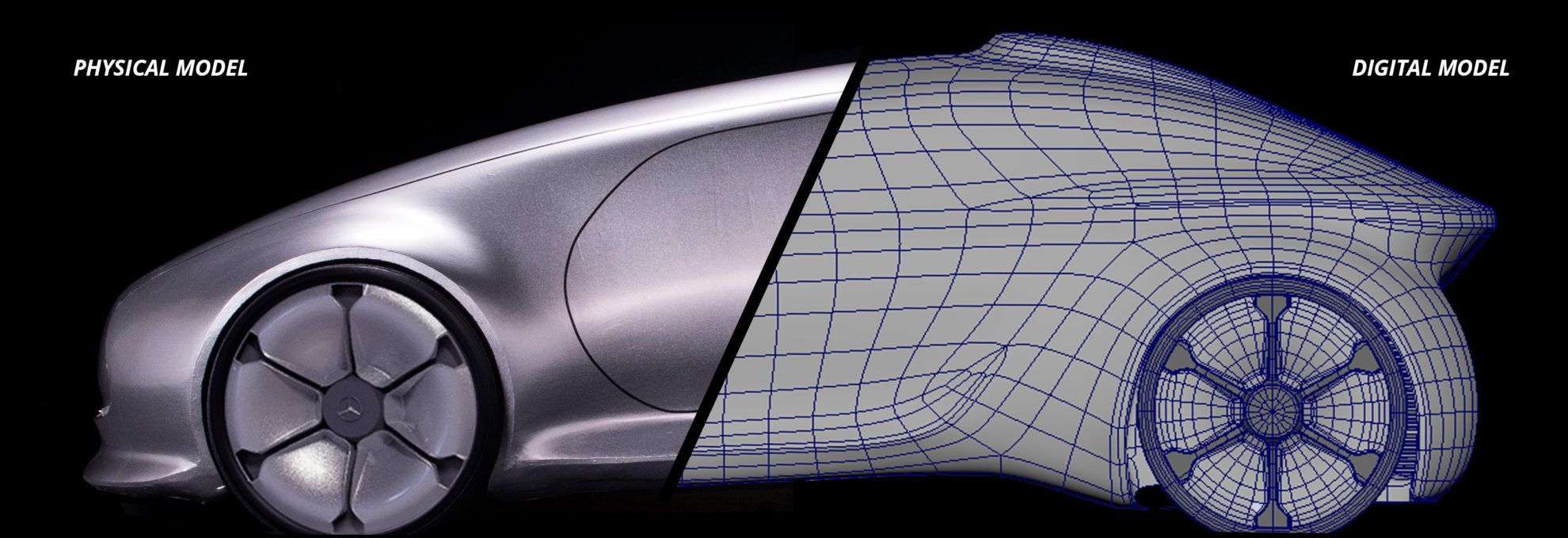

In the course of a semester task, the students have the possibility to create 1:4 models, to which Mercedes-Benz provides modeling assistance. At the final presentations at the end of the semester, every student presents their design work in animations in addition to the clay models – there were even occasions when it was possible to walk around and view the car concept with VR glasses.

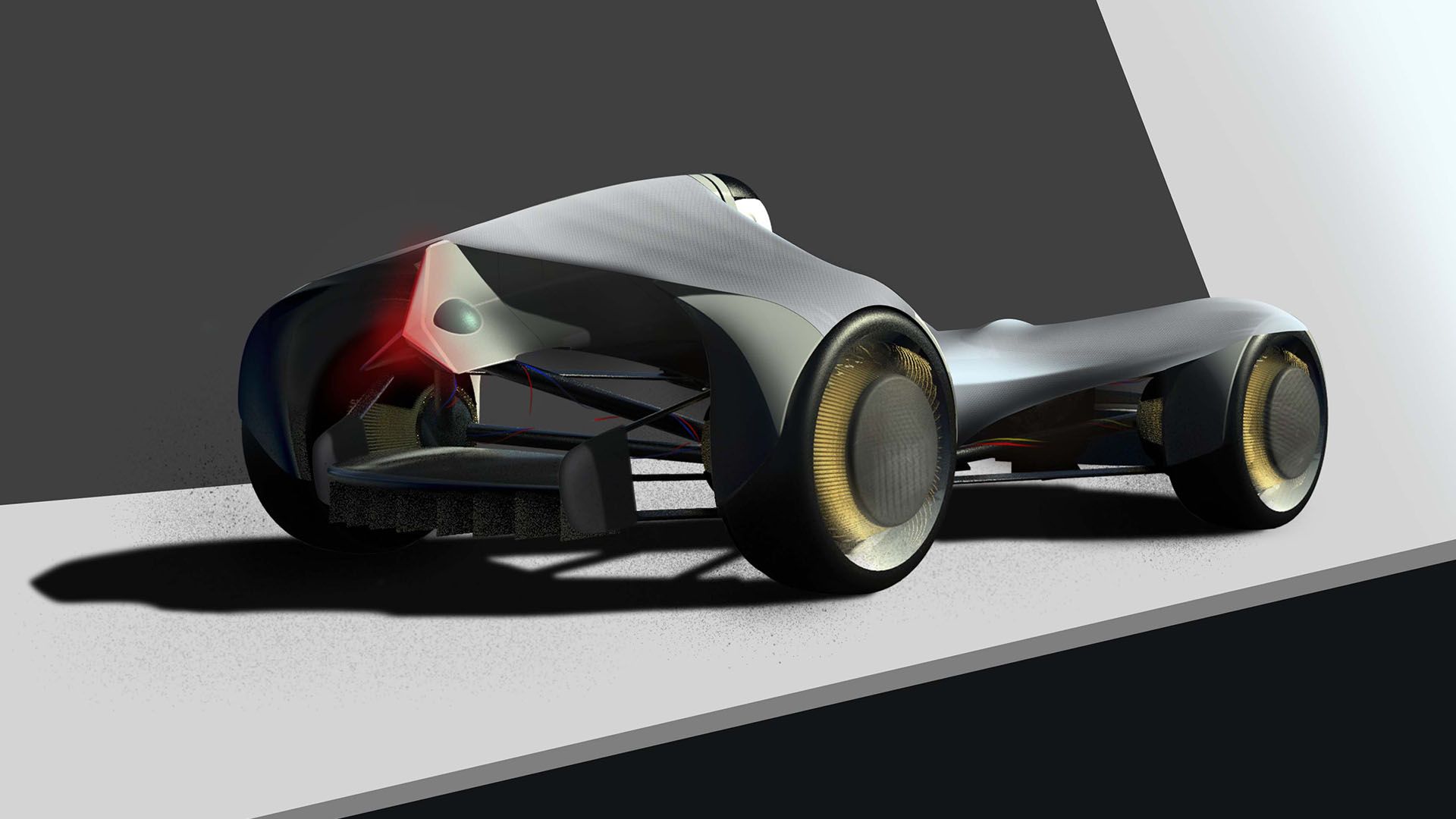
Sectoral stepping stone
As students, everyone is after professional internships, this is the sectoral stepping stone. Mercedes has interns regularly, but in the last semester, Audi and Porsche also accepted one student.
The program produced several prospering industrial designers over the years: not only the Mercedeses (where several graduated ended up working by the way), but KIAs, Audis, BMWs, Renaults and Volkswagens are carrying the marks of former MOME car design students, too.

Stijn Hoekstra | Cinematic Ukraine

Creatives in quarantine | Recommended by the editors of HYPE – Movies
